Related searches
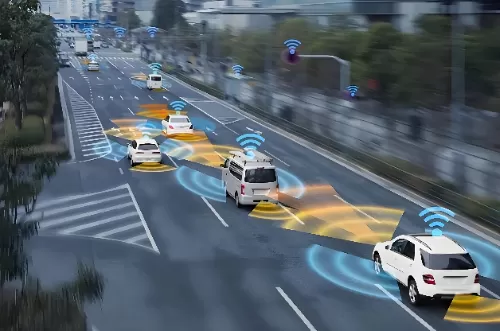
The Silent Money Saver in Your Garage
At the heart of the electrification transition is a simple truth: electrons are cheaper than gasoline. While gas prices swing like a pendulum, electricity costs stay stable. Plugging in overnight during off-peak hours is like filling your tank at a 1990s gas station—except your “fuel” now comes from a socket in your house. No more detours to crowded stations or panic over weekly price hikes. The electrification transition turns your driveway into a personal refueling hub, slicing one of driving's biggest costs.
But the savings don't stop at charging. The electrification transition eliminates over 20 moving parts found in gas engines. Forget oil changes, transmission flushes, or replacing spark plugs. An electric car's maintenance is as simple as rotating tires and refilling windshield wiper fluid—costs that could shrink your annual service bills to the price of a fancy dinner.
Autonomous Driving: The Electrification Transition's Secret Ally
Here's where the plot thickens. The electrification transition isn't working alone. Autonomous driving technology—often seen as a luxury—could amplify these savings. Think of it this way: self-driving systems optimize speed, acceleration, and braking with machine precision. No more lead-footed starts or abrupt stops that drain battery life.
As autonomous driving matures, your electric car might soon plot routes that avoid hills, traffic jams, and inefficient charging stops. Imagine your vehicle automatically scheduling charges during the cheapest electricity windows or rerouting to a fast charger that's running a discount. The electrification transition pairs with autonomous driving to turn your car into a money-saving robot—one that obsesses over efficiency so you don't have to.
Hidden Perks of Going Electric
The electrification transition unlocks benefits gas drivers can't touch. Many states offer tax credits, reduced registration fees, and even carpool lane access for EV owners. Some insurers now offer “green discounts” for electric vehicles, recognizing their lower fire risks and repair costs. Then there's longevity. Gas engines wear out; electric motors hum along for hundreds of thousands of miles. As the electrification transition pushes battery prices down, replacing a degraded battery (after a decade or more) won't break the bank—especially compared to rebuilding a gas engine.
But Wait—Is It All Smooth Driving?
The electrification transition isn't perfect. Public charging can still cost double home rates, and not all apartments offer charging yet. But as governments and businesses race to build infrastructure, these gaps are closing faster than ever.
Autonomous driving adds another layer of promise. Future EVs might drive themselves to charging stations overnight, ensuring you always wake up to a “full tank” at home rates—no late-night charging runs required.
Conclusion
The electrification transition isn't a distant dream; it's a present-day reality reshaping car economics. Paired with autonomous driving's efficiency hacks, it's creating a world where cars cost less to run than your smartphone plan. The question isn't whether you'll save—it’s how soon you'll let go of the gas pedal and let electrons (and algorithms) take the wheel.
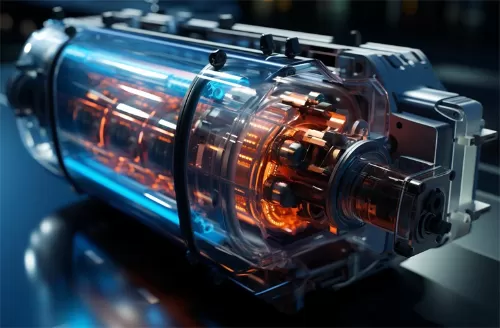 The Hidden Costs of Hydrogen Fuel: What Drivers Need to Know Before Switching
The Hidden Costs of Hydrogen Fuel: What Drivers Need to Know Before Switching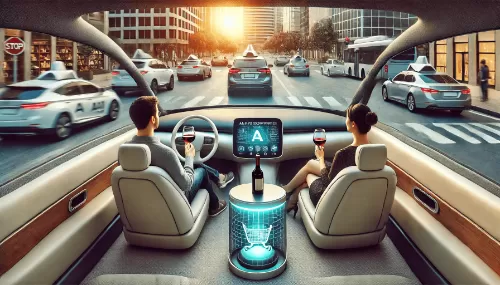 Why Your Next Road Trip Needs a Co Pilot Named Intelligent Driving
Why Your Next Road Trip Needs a Co Pilot Named Intelligent Driving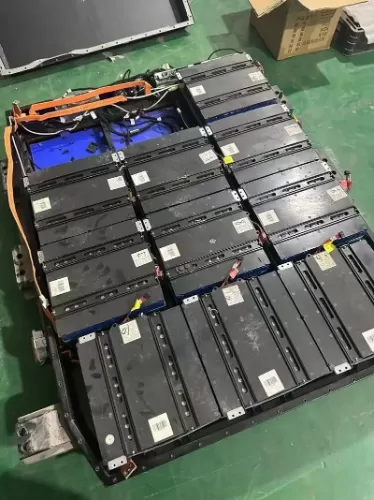 How Battery Recycling Can Save You Money and the Planet
How Battery Recycling Can Save You Money and the Planet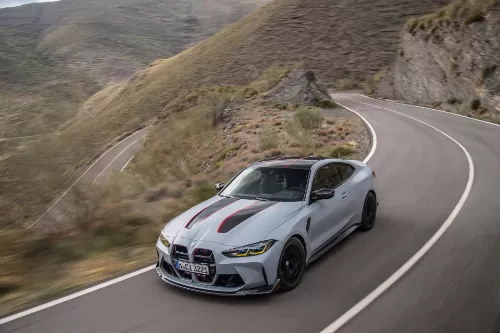 How Lightweight Materials Are Making Cars Safer, Cheaper, and Greener
How Lightweight Materials Are Making Cars Safer, Cheaper, and Greener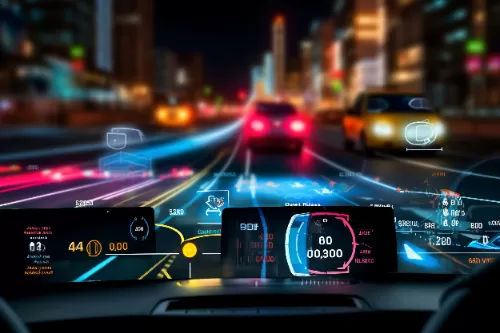 Are Self-Driving Cars Safer Than Humans
Are Self-Driving Cars Safer Than Humans


